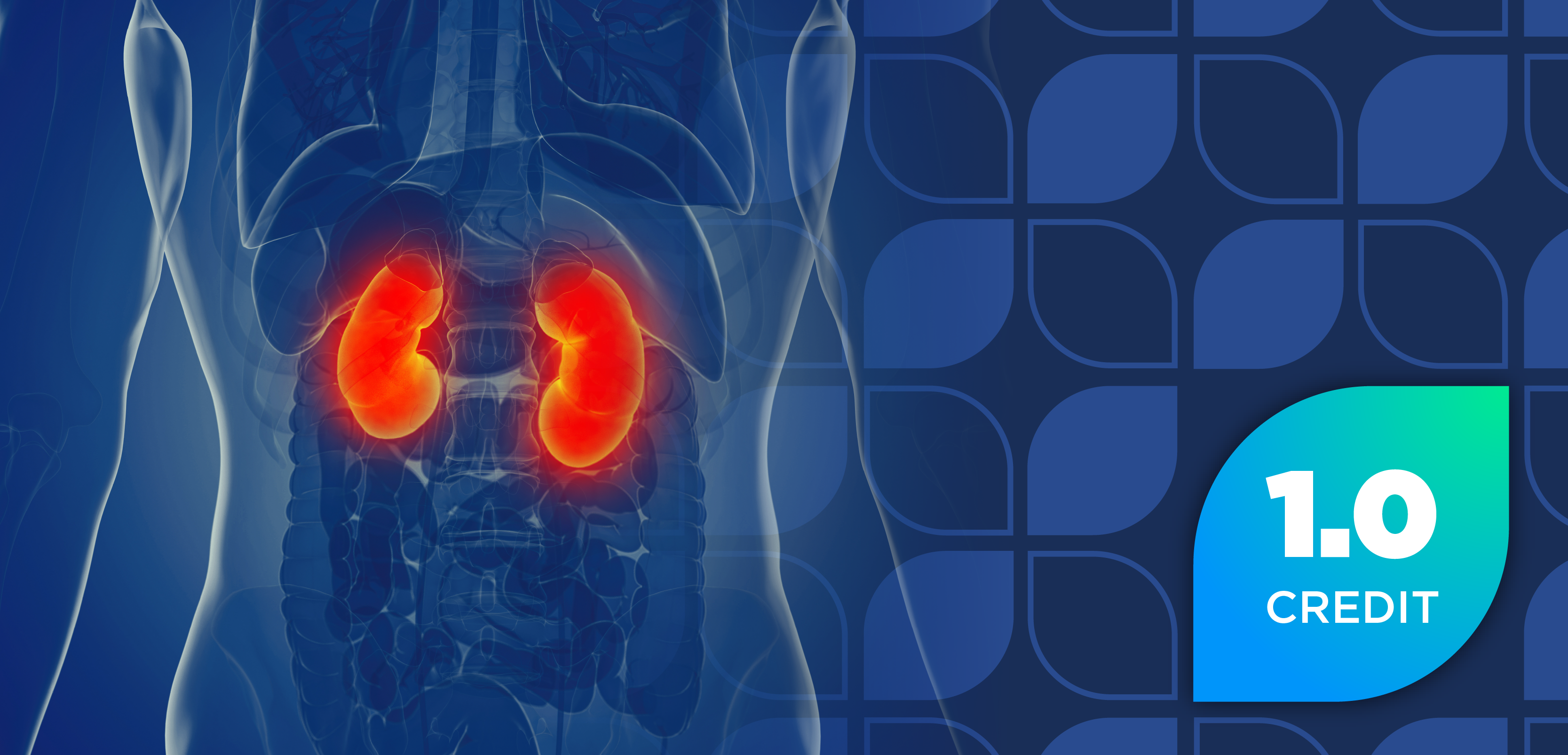
FDA Issues CRL to Vatiquinone NDA Indicated For Friedreich Ataxia
Key Takeaways
- The FDA requires additional evidence of vatiquinone's efficacy for Friedreich ataxia, delaying its approval.
- Friedreich ataxia is a progressive, inherited disease with no cure, affecting the nervous system and heart.
The complete response letter (CRL) stated that vatiquinone's new drug application (NDA) did not provide substantial evidence of efficacy and would need to be evaluated in a new trial.
The FDA issued a complete response letter (CRL) related to the new drug application (NDA) for vatiquinone (PTC Therapeutics) for the treatment of Friedreich ataxia (FA) in both adult and pediatric patients. In their CRL, the FDA stated that “substantial evidence of efficacy was not demonstrated” and that vatiquinone would need to be evaluated in an additional “adequate and well-controlled study” to support the resubmission of an NDA.1
FA is a rare, inherited disease that worsens over time. It damages the spinal cord, peripheral nerves, and the cerebellum in the brain, as well as the heart in some patients. The disease often develops in children and teens, with an early age of onset (0 to 7 years) being a significant predictor of how serious the disease can become and how quickly symptoms may develop. Patients can also have typical onset (8 to 14 years), intermediate onset (15 to 25 years), and late onset (25 or more years). Symptoms include unsteady and awkward movements, the loss of feeling due to nerve injury, loss of vision, hearing, and reflexes, and tiredness. Additionally, patients with FA may also have other comorbidities, such as diabetes, heart disease, or other nervous system-related conditions.2
Because there is no cure for FA, treatments often consist of symptom-focused therapies, such as occupational, physical, and speech therapies; braces to bolster the arms, legs, feet, or spine; and, in severe cases, surgeries to fix skeletal complications.2 For this reason, the need for treatment options to treat the disease—rather than for symptom relief—is crucial.1,2
Vatiquinone is a small molecule, first-in-class selective inhibitor of 15-Lipoxygenase (15-LO), an enzyme that is a key regulator of the energetic and oxidative stress pathways that are disrupted by FA. The inhibition of 15-LO helps to alleviate the consequences of mitochondrial dysfunction and oxidative stress, and ultimately, decreasing inflammation of cells and oxidative stress to promote neuronal survival. Vatiquinone has been evaluated in clinical studies—most of which focus on pediatric patients—and has demonstrated an impact on mortality risk, fatigue, and other neurological and neuromuscular disease symptoms.1,3
Vatiquinone’s initial NDA, which was granted priority review in February 2025, was based on data from the MOVE-FA study (NCT04577352), a randomized, placebo-controlled, double-blind phase 3 trial assessing the safety and efficacy of vatiquinone in 146 pediatric and adult patients with FA. The trial’s primary end point was change in the modified FA Rating Scale score, with secondary end points being change from baseline in activities of daily living as assessed by the FA-Activities of Daily Living scale.3,4
Results from the trial demonstrated that the mean placebo-corrected change in the mFARS score in the primary analysis population was 1.6 (P = .14). Additionally, there was significant benefit recorded in the bulbar and upright stability subscales (nominal p-values of 0.044 and 0.021, respectively), which are regarded as reflective of key aspects of disease morbidity and predictive of loss of time to loss of ambulation. Notably, the investigators observed a statistically significant difference on the Modified Fatigue Scale (nominal p-value of 0.025), and on a prespecified sensitivity analysis of participants who completed 72 weeks on assigned therapy, the placebo-corrected difference was about 2.31, representing a 75% slowing in disease progression over 72 weeks. Vatiquinone overall was demonstrated to be well-tolerated, adding to the large volume of safety data collected in other pediatric clinical studies.4,5
"We are of course disappointed by the FDA's decision to not approve vatiquinone," Matthew B. Klein, MD, CEO of PTC Therapeutics, said in a news release. "We believe the data collected to date demonstrate that vatiquinone could provide a safe and effective therapy for both children and adults living with FA. We plan to meet with the FDA to discuss potential steps to address the issues raised in the CRL."1
REFERENCES
1. PRNewswire. PTC Therapeutics Receives Complete Response Letter for Vatiquinone NDA. News release. August 19, 2025. Accessed August 19, 2025. https://www.prnewswire.com/news-releases/ptc-therapeutics-receives-complete-response-letter-for-vatiquinone-nda-302533332.html
2. Johns Hopkins Medicine. What is Friedreich’s ataxia? Accessed August 18, 2025. https://www.hopkinsmedicine.org/health/conditions-and-diseases/friedreich-ataxia
3. PR Newswire. PTC Therapeutics Announces FDA Acceptance and Priority Review for Vatiquinone NDA for the Treatment of Children and Adults with Friedreich's Ataxia. News release. February 19, 2025. Accessed August 18, 2025. https://www.prnewswire.com/news-releases/ptc-therapeutics-announces-fda-acceptance-and-priority-review-for-vatiquinone-nda-for-the-treatment-of-children-and-adults-with-friedreichs-ataxia-302379909.html
4. A Study to Assess the Efficacy and Safety of Vatiquinone for the Treatment of Participants With Friedreich Ataxia (MOVE-FA). ClinicalTrials.gov identifier: NCT04577352. Updated March 27, 2024. Accessed August 18, 2025. https://clinicaltrials.gov/study/NCT04577352
5. PR Newswire. PTC Therapeutics Announces Topline Results from Vatiquinone MOVE-FA Registration-Directed Trial. News release. May 23, 2023. Accessed August 18, 2025. https://www.prnewswire.com/news-releases/ptc-therapeutics-announces-topline-results-from-vatiquinone-move-fa-registration-directed-trial-301832658.html
Newsletter
Stay informed on drug updates, treatment guidelines, and pharmacy practice trends—subscribe to Pharmacy Times for weekly clinical insights.















































































































































































































